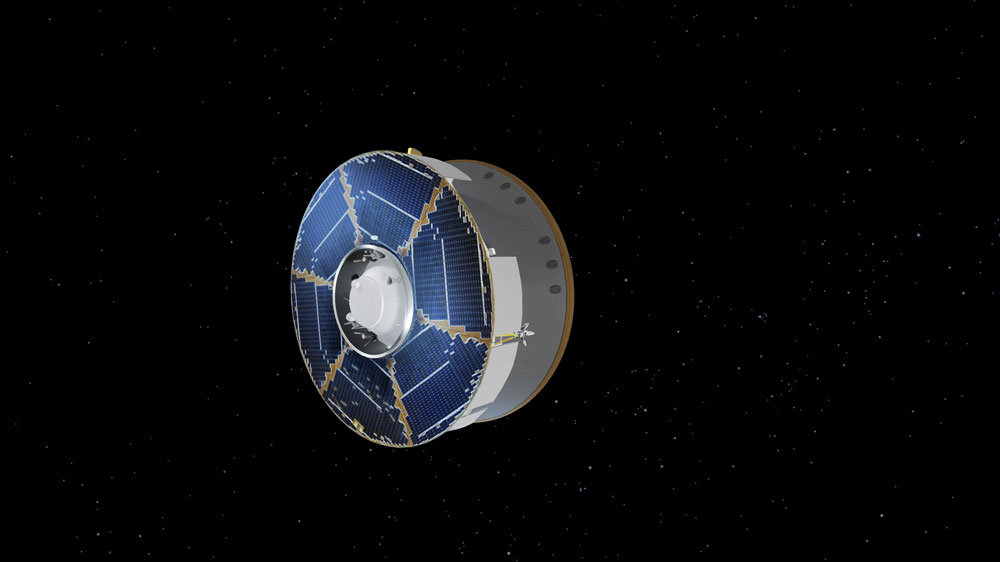You are using an out of date browser. It may not display this or other websites correctly.
You should upgrade or use an alternative browser.
You should upgrade or use an alternative browser.
Atmo re-entry effects and challenges in Odyssey?
- Thread starter IamMe
- Start date
No re-entry events during leg missions. unless you accidentally step on the wrong geyser 
Because very thin atmospheres wouldn't cause themAt the start of the mission ship was entering atmo, no effect whatsoever.....no turbulence, heat accumulation...etc!
When you mess up a atmo-landing in Odyssey...
Last edited:
Considering you're entering the atmosphere during orbital cruise, I doubt there will be any significant gameplay effects. Especially with only tenuous atmospheres. That may be something they will add later on with thicker atmospheres. Though starting to ease people in with tenuous atmospheres may be a sensible progression. Just imagine the threads how they "Just wanted to land on a planetary port when I suddenly overheated and died. What gives?".
Oh boy that's wrong..... Mars has less than 1% of Earths atmo and there are re-entry effects (shaking, plasma...etc.).....going from vacuum to gas state will affect object entering it, depending on speed.Because very thin atmospheres wouldn't cause them
Velocities outside supercruise rarely exceed Mach 2. Is such a low velocity relevant for atmospheric heating during reentry?Oh boy that's wrong..... Mars has less than 1% of Earths atmo and there are re-entry effects (shaking, plasma...etc.).....going from vacuum to gas state will affect object entering it, depending on speed.
if you watch the video they were only travelling at 200 in those shots, they were (deliberately) out of supercruise/glide to get the shots at an altitude where they should have been at glide / drop threshold. We've really no idea about the glide or any heat effects yet.At the start of the mission ship was entering atmo, no effect whatsoever.....no turbulence, heat accumulation...etc!
edit - because they went out of their way to not show it
Pretty sure they said there is nothing special about glide for the tenuous systems. And if there is ... bonus!
Last edited by a moderator:
I don't know at what speed in what atmo type and density will produce enough traction to cause visible heat effects but there are other effects too....aerodynamic....shaking.....Velocities outside supercruise rarely exceed Mach 2. Is such a low velocity relevant for atmospheric heating during reentry?
Yes there was heating/atmo traction causing plasma effectsFor Mars, do we know what the atmoshpheric entry was like for the rover? I believe it opened a shute very early on and all the way down, and the shape of the module was designed to slow the object itself. Not sure there was any high heat/plasma?
Must be info on it somewhere though.
As it wen't lower into atmo it's shape caused slowdown and deployed chute when under 1000mph if i remember correctly
Well, there's the evidence of heat:

 mars.nasa.gov
mars.nasa.gov
The heat shield helps slow the vehicle down during its final approach, while protecting the rover inside from the intense heat experienced during entry into the Martian atmosphere. The heat shield could be exposed to temperatures as hot as 2,370 degrees Fahrenheit (~1,300 degrees Celsius) as it descends through the Martian atmosphere.

Mars 2020 Spacecraft - NASA
The spacecraft is what encapsulates and protects the Perseverance rover on its way to Mars.
It's almost as if powered flight is different to things just falling towards a planet, whodathunkit?
Cue the bug reports "I powered off my sidewinder and allowed it to fall towards a planet and still didn't get a plasma effect!"
Cue the bug reports "I powered off my sidewinder and allowed it to fall towards a planet and still didn't get a plasma effect!"
Elite has Ship Integrity which decreases in value, and needs repairing, through use in travel and combat.A bit OT (sorry), but...
I've read somewhere that at very high velocities even micro particles can lead to structural damage. ED doesn't care about such effects and never did. Many years ago I've played a space game (can't remember its name right now) that where using these effects as a speed limiter, so it was up to the pilot how much risk he wants to take: More risk, more hull damage until your ship would eventually explode if you overdo it. I find this method a lot more intelligent and realistic as the artificial speed limiters in ED or Jumpgate btw, which was using a very similar static limiter as in ED. But then this game was much closer to a simulation than ED ever will be...
Robert Maynard
Volunteer Moderator
Note to all participants: please discuss the topic. Other participants are not the topic. Failure to comply will result in reply bans, advisories, warnings and / or thread closure.
